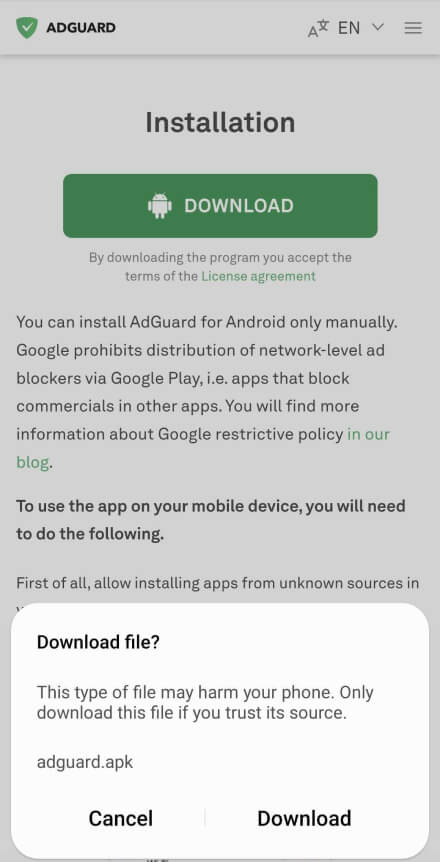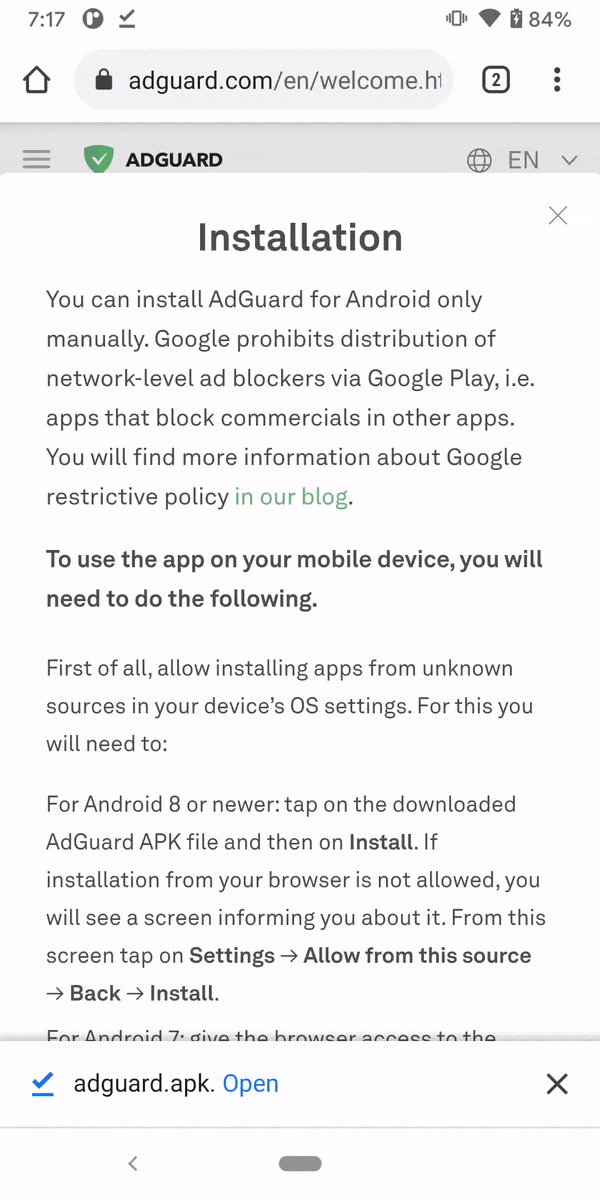Discuss
Whether you have a question or a suggestion, we are always happy to listen to you. Our support team is just an email away. Welcome to our community, where you can talk to developers, help improve AdGuard applications, and share your news
-
Telegram
Learn moreBe the first to know about AdGuard releases and sales. Chat with the AdGuard team and community in real time
-
Reddit
Learn moreSubscribe to our Reddit, comment, and start new threads. Ask questions and get help from the community
-
GitHub
Learn moreReport issues, suggest new features, and vote for them — or simply check what we’re working on at the moment
All done! Something went wrong Subscribe to our news
You’ve successfully subscribed to AdGuard news. Emails will be sent to ${email}
Please try again. If it doesn’t help, please contact support
Be the first to get the latest news about online privacy and ad blocking, AdGuard product releases, upcoming sales, giveaways, and more
You can also subscribe using a different email address




